The Psychology of Emotions
0.0(0)
Card Sorting
1/59
Earn XP
Description and Tags
Study Analytics
Name | Mastery | Learn | Test | Matching | Spaced |
|---|
No study sessions yet.
60 Terms
1
New cards
Body language
nonverbal communication through gestures, facial expressions, behaviors, and posture
2
New cards
Cannon-Bard theory
an emotion-arousing stimulus simultaneously triggers (1) physiological responses & (2) the subjective experience of emotion
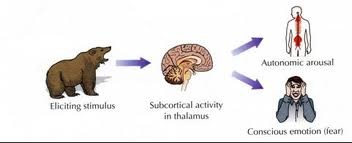
3
New cards
Common-sense theory
idea held by most people that a stimulus leads to the subjective experience of an emotion which then triggers a physiological response
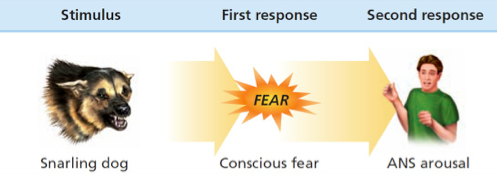
4
New cards
Discrete emotion theories
assumes that there are seven to ten core emotions

5
New cards
Displaced aggression
taking out one's frustrations on some less threatening or more available target

6
New cards
Display rules
culturally determined rules about which nonverbal behaviors are appropriate to display
7
New cards
Emotion
a response of the whole organism, involving (1) physiological arousal, (2) expressive behaviors, and (3) conscious experience
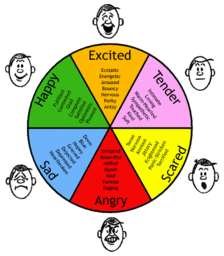
8
New cards
Emotional appraisal
evaluating personal meaning of a stimulus
9
New cards
Emotional expression
observable sign of an emotional state
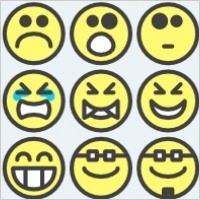
10
New cards
Emotional feelings
the private, subjective experience of having an emotion
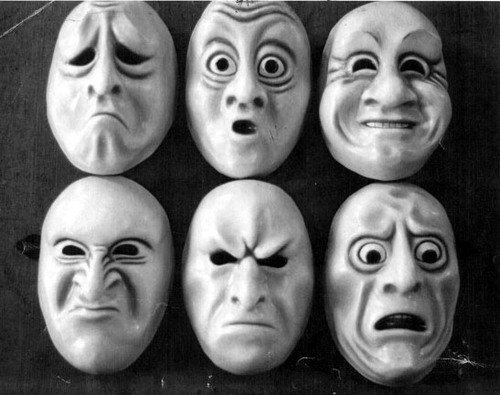
11
New cards
Emotional intelligence
the ability to perceive, understand, manage, and use emotions

12
New cards
Facial action coding system (FACS)
A method for measuring emotions that capitalizes on the link between emotional experience and facial
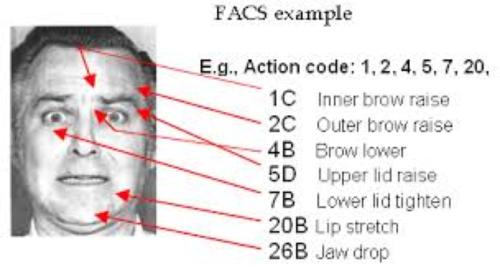
13
New cards
Facial feedback hypothesis
emotional expressions can cause the emotional experiences they signify
14
New cards
James-Lange theory
Arousal comes before emotion
15
New cards
Kinesics
study of movement
16
New cards
Microexpressions
very brief, sudden emotional expressions
17
New cards
Nonverbal communication (NVC)
gestures, facial expressions, tone of voice, eye contact etc.
18
New cards
Paralanguage
vocalic behaviors that communicate meaning along with verbal behavior
19
New cards
Pitch
How high or low a sound is
20
New cards
Polygraphs
lie detectors
21
New cards
Primary appraisal
initial decision regarding whether an event is harmful
22
New cards
Proxemics
study of personal space
23
New cards
Psychological constructivism
Focuses on individual learners and how they construct their own knowledge, beliefs and identity
24
New cards
Schachter's two factory theory
to experience emotion one must be physically aroused and cognitively label the arousal

25
New cards
Secondary appraisal
an evaluation of your coping resources and options for dealing with the stress
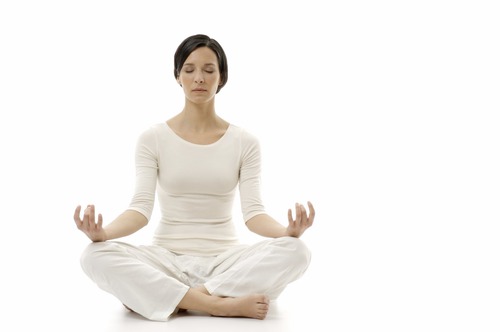
26
New cards
Speech rate
the speed at which a person speaks
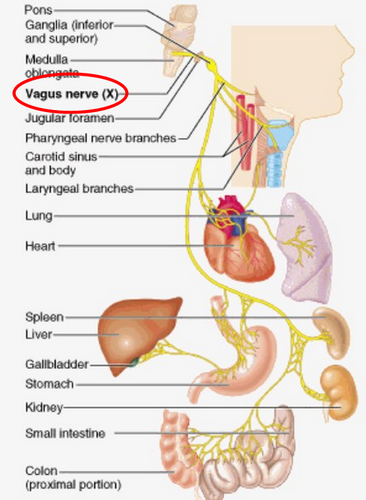
27
New cards
Androgens
the main class of male sex hormones
28
New cards
Orexins
hormone also involved with sleep that leads to increased appetite
29
New cards
Homeostasis
A tendency to maintain a balanced state
30
New cards
intrinsic motivation
a desire to perform a behavior effectively for its own sake
31
New cards
Body language
nonverbal communication through gestures, facial expressions, behaviors, and posture
32
New cards
Cannon-Bard theory
an emotion-arousing stimulus simultaneously triggers (1) physiological responses & (2) the subjective experience of emotion
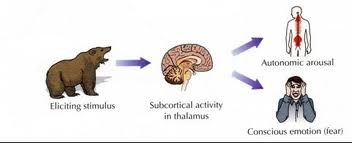
33
New cards
Common-sense theory
idea held by most people that a stimulus leads to the subjective experience of an emotion which then triggers a physiological response
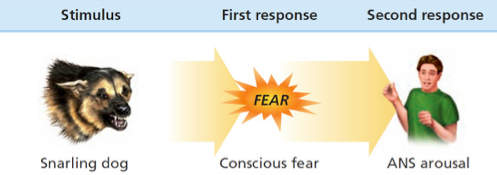
34
New cards
Discrete emotion theories
assumes that there are seven to ten core emotions
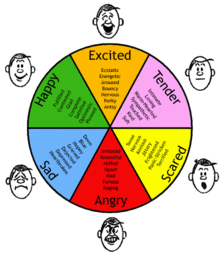
35
New cards
Displaced aggression
taking out one's frustrations on some less threatening or more available target

36
New cards
Display rules
culturally determined rules about which nonverbal behaviors are appropriate to display
37
New cards
Emotion
a response of the whole organism, involving (1) physiological arousal, (2) expressive behaviors, and (3) conscious experience

38
New cards
Emotional appraisal
evaluating personal meaning of a stimulus
39
New cards
Emotional expression
observable sign of an emotional state
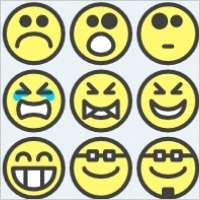
40
New cards
Emotional feelings
the private, subjective experience of having an emotion
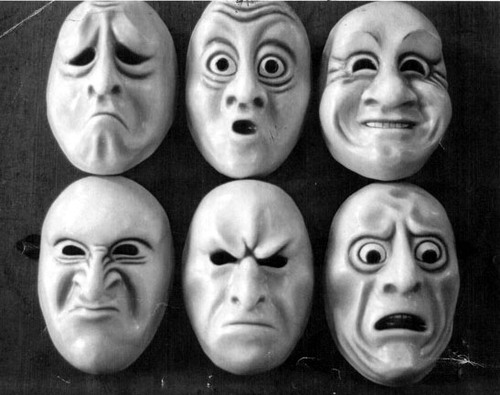
41
New cards
Emotional intelligence
the ability to perceive, understand, manage, and use emotions

42
New cards
Facial action coding system (FACS)
A method for measuring emotions that capitalizes on the link between emotional experience and facial
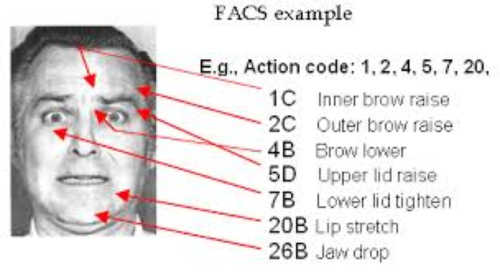
43
New cards
Facial feedback hypothesis
emotional expressions can cause the emotional experiences they signify
44
New cards
James-Lange theory
Arousal comes before emotion
45
New cards
Kinesics
study of movement
46
New cards
Microexpressions
very brief, sudden emotional expressions
47
New cards
Nonverbal communication (NVC)
gestures, facial expressions, tone of voice, eye contact etc.
48
New cards
Paralanguage
vocalic behaviors that communicate meaning along with verbal behavior
49
New cards
Pitch
How high or low a sound is
50
New cards
Polygraphs
lie detectors
51
New cards
Primary appraisal
initial decision regarding whether an event is harmful
52
New cards
Proxemics
study of personal space
53
New cards
Psychological constructivism
Focuses on individual learners and how they construct their own knowledge, beliefs and identity
54
New cards
Schachter's two factory theory
to experience emotion one must be physically aroused and cognitively label the arousal
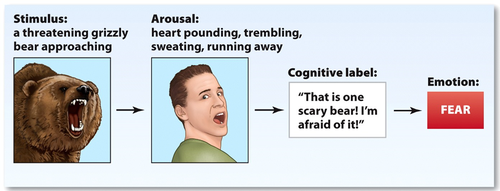
55
New cards
Secondary appraisal
an evaluation of your coping resources and options for dealing with the stress
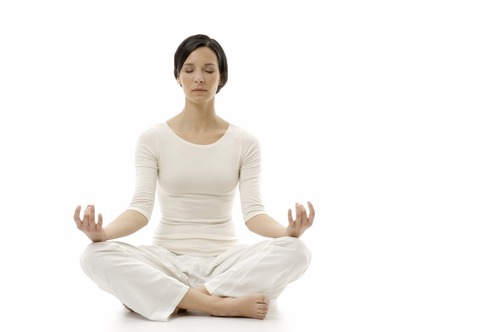
56
New cards
Speech rate
the speed at which a person speaks
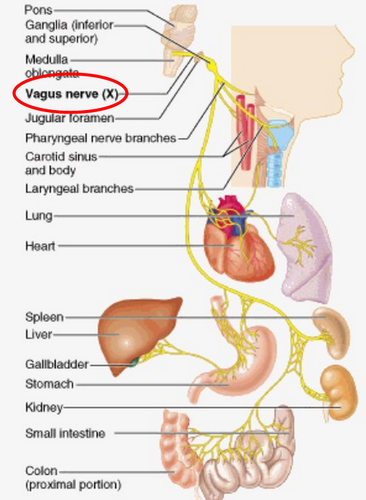
57
New cards
Androgens
the main class of male sex hormones
58
New cards
Orexins
hormone also involved with sleep that leads to increased appetite
59
New cards
Homeostasis
A tendency to maintain a balanced state
60
New cards
intrinsic motivation
a desire to perform a behavior effectively for its own sake